|
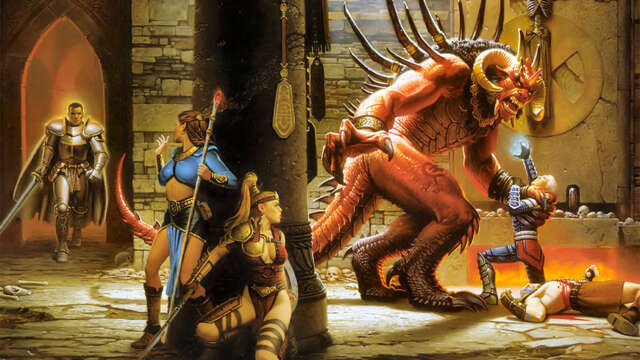
Few RPG scenarios are as alluring--or enduring--as the classic dungeon crawl. Ever since video games could emulate the pen-and-paper experience, there’s been an endless gauntlet of shadowy mazes filled with loot and danger for gamers to explore. With big dungeon-focused releases like Diablo IV, Etrian Odyssey Origins Collection, and Remnant 2 launching over the last few months, this feels like the perfect time to assemble a list of our favorite dungeon crawlers. Dungeon crawlers come in many forms, and this list includes a little of everything--loot-driven hack-and-slashers, old-school first-person RPGs, grid-based rogue-likes, and more. Speaking of dungeon crawler varieties, you'll notice we use niche terms like blobber--which refers to first-person RPGs where you control a party of characters that move together in a "blob"--and "DRPG," which is short for "dungeon RPG" and often used by fans to differentiate hardcore dungeon delvers like Etrian Odyssey or Labyrinth of Refrain from CRPGs or JRPGs, for example. That said, we obviously can’t include every game that fits the “dungeon crawler” description, so be sure to sound off with your recommendations in the comments!
Arx Fatalis
Before Dishonored and Prey, Arkane Studios made Arx Fatalis--a first-person RPG heavily inspired by the Ultima Underworld series. Players explore an underground fantasy world where the last remaining humans, goblins, and other creatures eke out a survival following the disappearance of their planet’s sun. Despite the game’s claustrophobic subterranean setting, Arx Fatalis is a surprisingly open-ended experience, featuring immersive sim mechanics and the branching questlines Arkane is now known for. Read our Arx Fatalis review.
The Binding of Isaac: Rebirth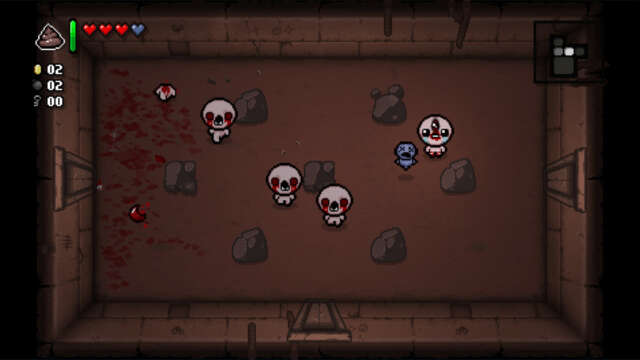
The original Binding of Isaac helped popularize the once-niche rogue-like and rogue-lite subgenres back in 2012, but this 2014 remake expanded the game with new story content, additional characters to unlock, and more dungeons to endure. We should mention the imagery in The Binding of Isaac: Rebirth is… pretty gross! But beneath the layers of aesthetic filth is a fun action rogue-lite that’s still a joy to play. Read out Binding of Isaac review.
Children of Morta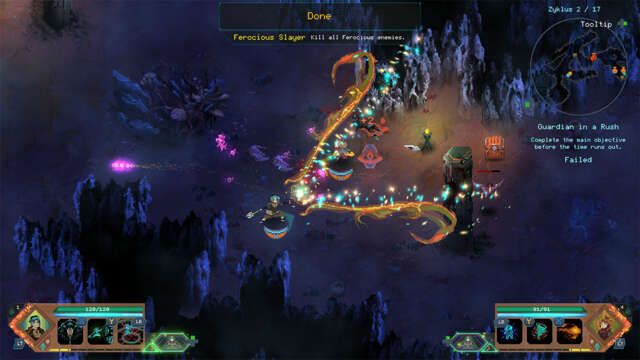
Children of Morta offers a unique spin on the dungeon-crawling conceit. Instead of nameless, loot-lusting warriors, players control one of six members of the Bergson family. Each family member has their own combat style and gameplay mechanics you develop as you play. After successful runs through the game’s many dungeons, you’ll return to the Bergson family home to converse with the rest of the family and progress the story. Read our Children of Morta review.
Crypt of the Necrodancer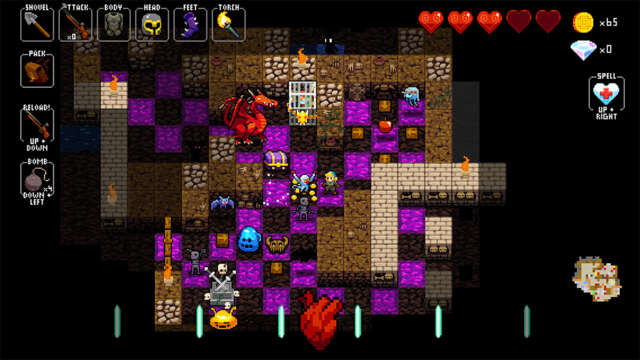
Crypt of the Necrodancer is one of the most inventive takes on the traditional rogue-like formula we’ve ever seen. The game conforms to the classic rogue-like structure: you explore deadly grid-based dungeons in a turn-based fashion where enemies only move when you move--but the twist is you must act on tempo with the game’s excellent soundtrack—staying on beat racks up a multiplier that earns you more gold from slain enemies. As a bonus pick, we also strongly recommend checking out the Legend of Zelda-themed spinoff, Cadence of Hyrule. Read our Crypt of the Necrodancer review.
Cult of the Lamb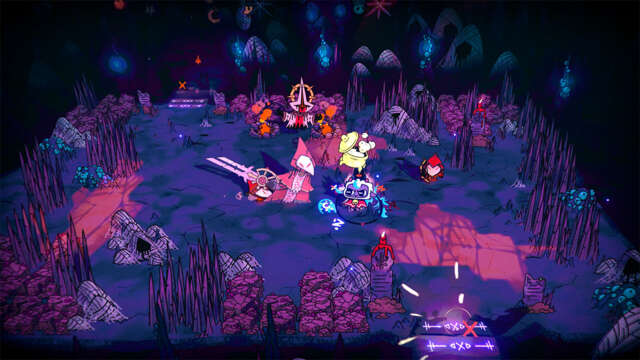
While Cult of the Lamb’s beautiful art style, slick combat, and fast-paced dungeon exploration easily earn it a place on this list, many of the game’s best parts happen outside of dank and dreary catacombs. You build your own cult between dungeon runs, establishing your congregation’s beliefs and goals. As your cult grows in power, you unlock new abilities and perks to aid you in your dungeon crawling. Read our Cult of the Lamb review.
Darkest Dungeon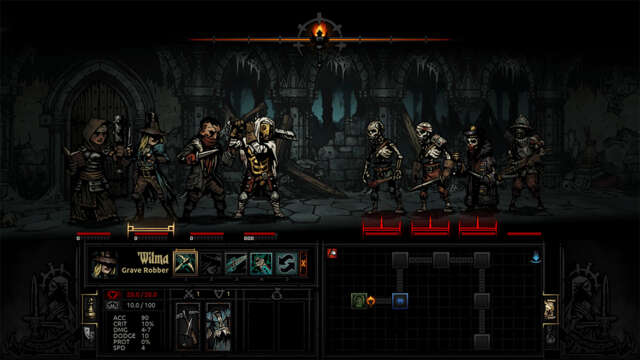
Inching your way through pitch-black hallways filled with traps and grotesque monsters would be a horrifying experience, and Darkest Dungeon is one of the few games to grapple with the psychological effects of dungeon crawling. Like other dungeon crawlers, Darkest Dungeon sees you guiding groups of warriors through dreary subterranean mazes. But rather than just managing their vitality and gear, you must also maintain their mental health from the horrors they encounter and weigh the risks of spending too much time in the dungeon against the rewards of further adventuring. Read our Darkest Dungeon review.
Diablo Series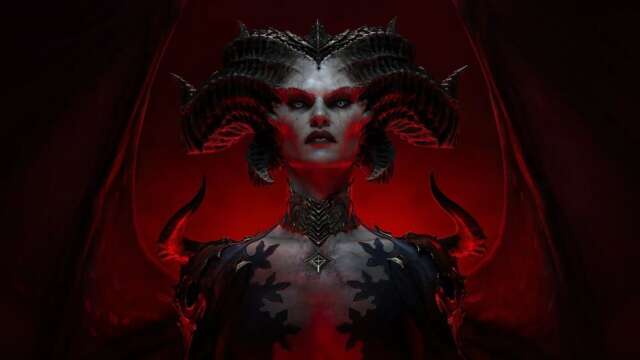
While there are many types of dungeon crawler out there, the Diablo series is practically synonymous with the term, and no other franchise has had as deep of an impact on the subgenre. The original Diablo broke out grid- and turn-based dungeon crawling to establish the action-RPG blueprint many games still follow today. Diablo 2 ensnared players in its compelling online, loot-driven gameplay. Diablo III deepened the series’ storyline and successfully expanded its audience to consoles. And now, Diablo IV defends the series’ title as the dungeon-crawling champ with its persistent open world and live-service take on the formula promising plenty of loot lusting for years to come. Read our Diablo IV review.
Dungeon Encounters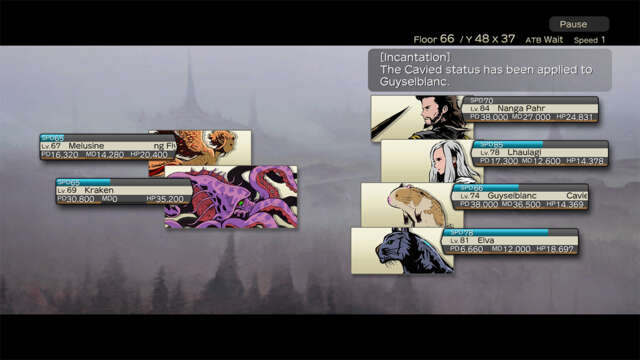
Designed by Hiroyuki Ito, best known for directing Final Fantasy IX and designing the iconic Active Time Battle system, Dungeon Encounters is a unique take on old-school RPGs. The stripped-down presentation belies its deep and rewarding gameplay, which focuses on exploring massive grid-based maps and battling monsters in an innovative evolution of Ito’s ATB system.
Enter the Gungeon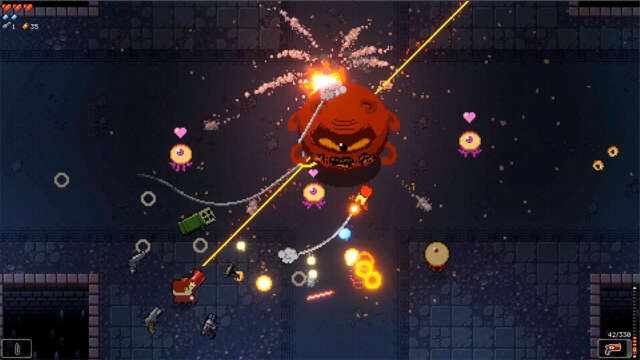
This top-down shooter features a compelling mix of rogue-like dungeon crawling and bullet hell shooting. It’s admittedly an odd thematic mix, but it works. Shooting your way through Enter the Gungeon’s randomized dungeons feels great thanks to the responsive gunplay and movement, and its a blast to discover new and outlandish firearms. Read our Enter the Gungeon review.
Etrian Odyssey Series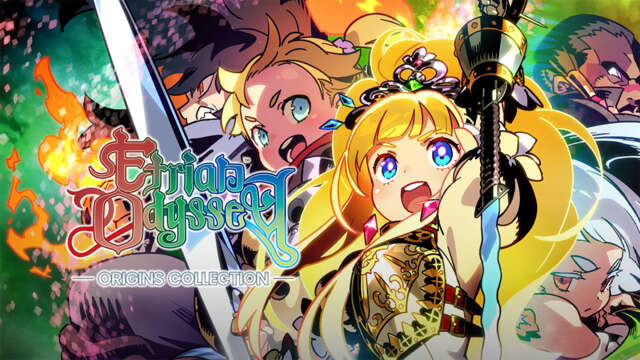
The Etrian Odyssey is one of the few modern Wizardry-like DRPG series to make an impression on audiences outside Japan--and thanks to the recent HD ports of Etrian Odyssey I, II, and III on Switch and PC, it’s easier than ever to get into this cult-favorite DRPG series. Each game in the series boasts charming art, amazing music composed by Yuzo Koshiro, and deep party customization, but the standout feature is the map-making mechanic. Players must manually draw out each floor using Etrian Odyssey’s in-game cartography tools, evoking a similar experience to classic RPGs that relied on hand-drawn paper maps. See our Etrian Odyssey review.
Eye of the Beholder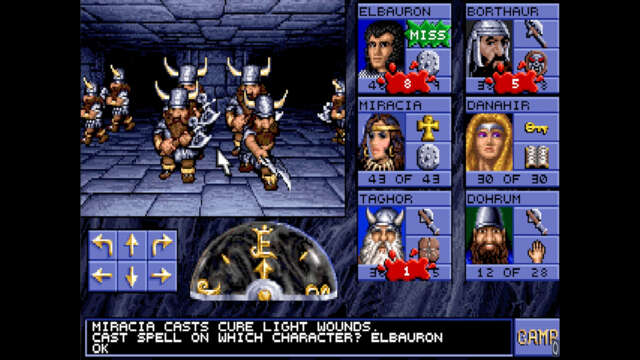
Eye of the Beholder is one of the most important dungeon crawler RPGs of the 1990s. Not only did it give players an officially-licensed D&D experience on PC, but it was also one of the first first-person dungeon crawlers to feature real-time combat along with 1988’s Dungeon Master. That might sound like a simple change, but considering most RPGs featured random, turn-based combat encounters at the time, the real-time battles were a revolutionary change that future games like The Elder Scrolls and Ultima Underworld would follow.
Hades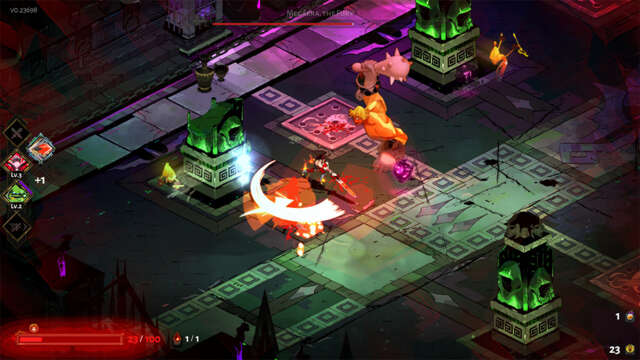
Like any Rogue-inspired game, you die a lot in Hades, but failed runs sting a lot less in Super Giant’s rogue-lite dungeon crawler than in other games of this style. The hack-and-slash combat is snappy and satisfying, but eventually, you’ll succumb to one of the game’s many enemies or bosses. Rather than tediously starting over from square one, dying in Hades sends Zagreus back to Hades’ court, where players can converse with the game’s many well-written characters and upgrade Zagreus’ abilities. Even the shortest runs can progress the story, motivating players to venture back into the game’s deadly underworld. Read our Hades review.
King’s Field IV: The Ancient City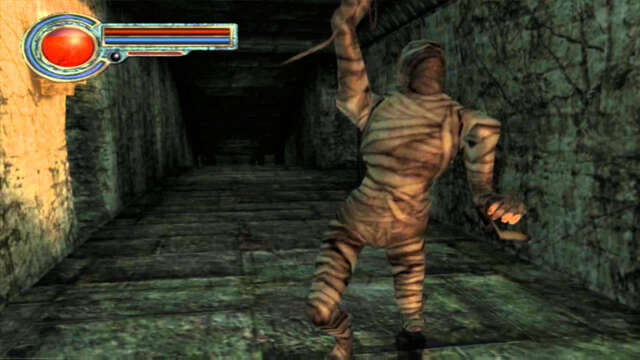
While From Software’s Soulsborne titles are rooted in classic dungeon crawling, the studio has a catalog of excellent first-person dungeon crawlers that predates--and directly inspired--Demon’s Souls and its ilk. The best of these early titles is King’s Field IV: The Ancient City, an unforgiving action-RPG dense with melancholic atmosphere and gameplay inspired by Ultima Underworld and Wizardry. King’s Field IV’s difficulty may turn off even Dark Souls veterans at first, but there's a rewarding game to discover, packed with some of the best dungeon designs to From Soft's name and it remains an important part of the studio's legacy. Read our King’s Field IV: The Ancient City review.
Legend of Grimrock 1 & 2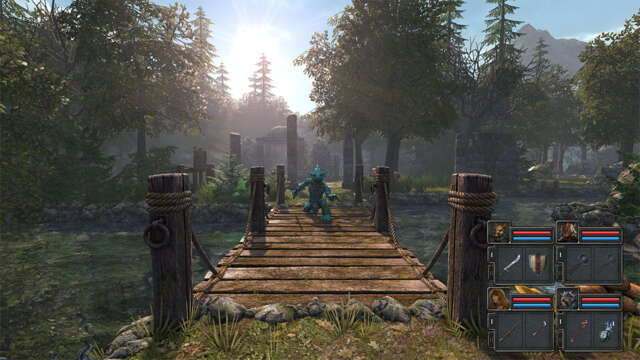
Legend of Grimrock and its sequel ushered in a renaissance of first-person dungeon crawlers, resurrecting the real-time, grid-based gameplay of Eye of the Beholder and Dungeon Master for modern audiences. The original successfully streamlined old-school blobber RPG gameplay without sacrificing the depth or challenge the genre is known for, and the sequel expanded on the first game with deeper party building options and sprawling outdoor dungeons.
Moonlighter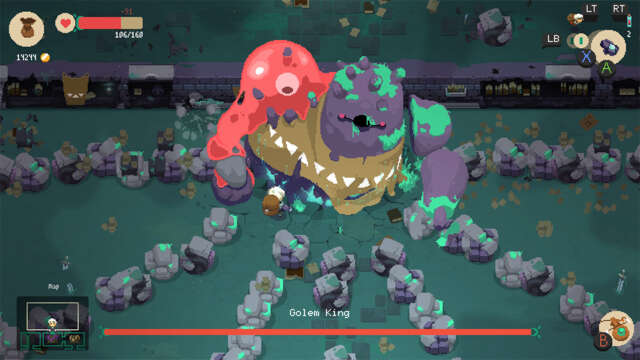
Moonlighter features a novel mix of Zelda-like dungeon crawling and light shopkeeping simulation framed by a rogue-lite gameplay loop. Players manage a fantasy shop by day, selling weapons and trinkets to adventurers. When night falls, you explore randomized dungeons to fight monsters and collect loot to sell the next day. It's a novel, compelling mix that can scratch your dungeon and life sim itches at the same time. Read our Moonlighter review.
Path of Exile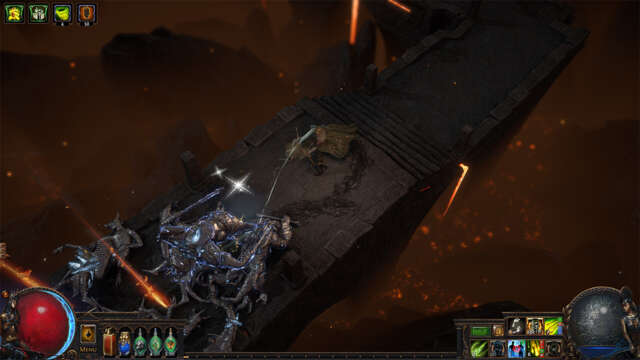
While Path of Exile’s massive world and heaps of story content push the free-to-play game beyond the corridors and caves the genre is known for, the loot-focused hack-and-slash gameplay is pure dungeon-crawling bliss. Path of Exile’s standout feature is its expansive character customization systems featuring hundreds of skills to learn and an endless trove of gear littering the game’s many dungeons and fields. Read our Path of Exile review.
Persona 5 Royal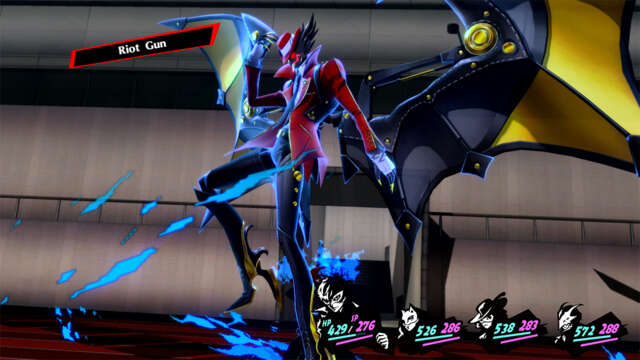
Given Persona 5 Royal’s emphasis on character relationships and social life simulation, it’s easy to forget half the game is devoted to some of the best dungeon crawling in the series yet. Persona 5 Royal ditched the randomized mazes of Persona 3 and 4 in favor of bespoke dungeons with unique gimmicks and puzzles. And since the social sim and dungeon crawling aspects complement and weave into one another, exploring these otherworldly labyrinths feels more important than simply diving for loot or experience. Read our Persona 5 Royal review.
Phantasy Star Online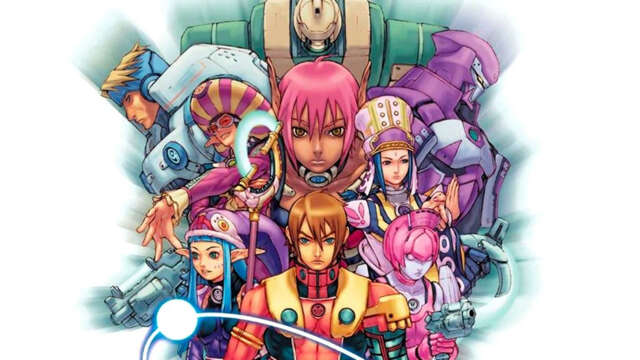
Phantasy Star Online pivoted from the traditional console RPG gameplay of the original four Phantasy Star titles to an online co-op action-RPG inspired by Diablo. Players explored deep into the semi-randomized ruins and caverns of the remote planet Ragol, slaying waves of enemies and collecting tons of loot. While PSO is comparatively simple compared to contemporary MMOs and co-op titles, it was a groundbreaking achievement on the Dreamcast and helped bring online gaming to consoles. Read our Phantasy Star Online review.
Rogue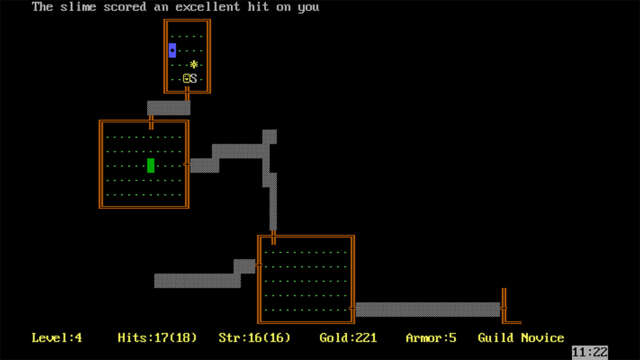
Ever wondered why they’re called “Rogue-likes?” It’s because of this dungeon crawler from 1980. Rogue might not look like much by today’s standards, but the simple ASCII art belies its deep gameplay, where players explore procedurally-generated dungeons full of monsters, traps, and mysterious loot that can help or harm your progress--until you eventually die and reroll your character.
Shin Megami Tensei III: Nocturne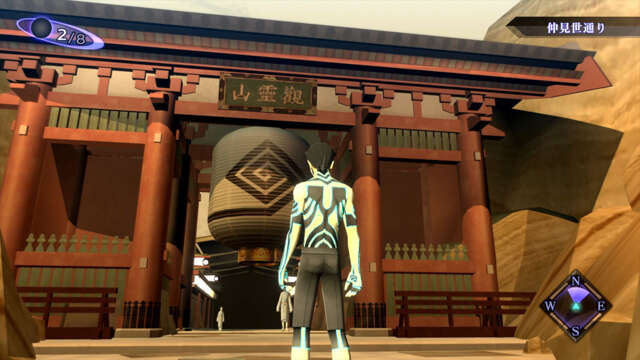
Shin Megami Tensei III: Nocturne was a significant evolution for the long-running demon-taming RPG series. Nocturne’s best change is the introduction of the Press Turn battle system, which evolved combat from basic turn-based fare to puzzle-like encounters. It also broke from the traditional grid-based movement and first-person presentation of earlier SMT games in favor of free movement and third-person camera controls. We recommend picking up the Shin Megami Tensei III: Nocturne HD port for PS4 and Switch, which features enhanced graphics and additional difficulty options. Read our Shin Megami Tensei III: Nocturne review.
Shiren the Wanderer: The Tower of Fortune and the Dice of Fate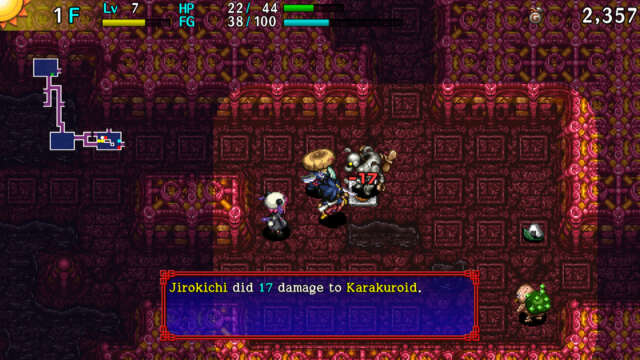
While the Mystery Dungeon series’ most popular entries are spinoffs of other properties like Pokemon or Final Fantasy, the best games in the franchise belong to Spike Chunsoft’s original character, Shiren the Wanderer. Shiren’s latest adventure, Shiren the Wanderer: The Tower of Fortune and the Dice of Fate, features tons of excellent rogue-like dungeon crawling through colorful pixel-art labyrinths. If it catches your eye, you can grab the game on Steam or Nintendo Switch.
Ultima Underworld: The Stygian Abyss
It’s hard to overstate Ultima Underworld’s importance. Not only was it a massive evolution for dungeon crawlers and RPGs back in 1992, but it also birthed the “immersive sim” genre. Its deep role-playing opportunities and open-ended physics systems influenced everything from The Elder Scrolls and Dishonored, to Hitman and Metal Gear Solid V. Even From Software’s earliest RPGs were directly inspired by Ultima Underworld. While it certainly shows its age in 2023, Ultima Underworld’s innovations are timeless.
Undernauts: Labyrinth of Yomi
First-person, grid-based, turn-based dungeon RPGs (often called “DRPGs” by fans) are a popular subgenre in Japan, but most stick to the fantasy trappings of early games like Wizardry and Might & Magic. Undernauts: Labyrinth of Yomi subverts that trend, replacing knights and castles with blue-collar laborers and haunted construction sites. Despite these changes, Undernauts is still a tough-as-nails dungeon crawler that genre vets will love, while its unique setting and quality-of-life updates make it a great intro for DRPG newcomers.
Vagrant Story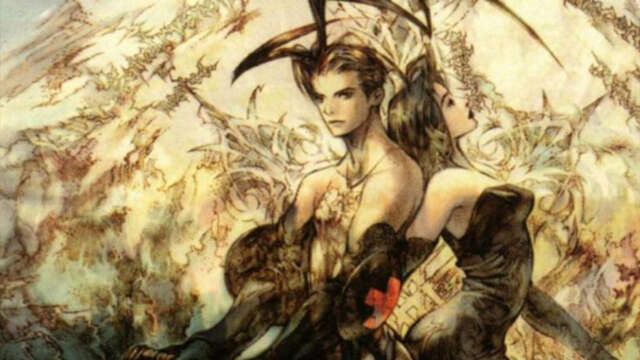
SquareSoft's (now Square Enix) experimental dungeon-crawling RPG is unlike anything else on the PS1 and is arguably the console’s best-looking and best-written game. Created by the team behind Final Fantasy Tactics and Tactics Ogre, Vagrant Story sees players explore the interconnected labyrinths of the magical city Lea Monde as the “Riskbreaker” Ashley Riot, on a mission to detain a mysterious cult leader. Vagrant Story’s deep weapon crafting, compelling storyline, and tactical combat system cemented it as one of the most experimental RPGs ever made, and earned the game a cult following that sing its praises even today. C'mon Square Enix--give us an HD port! Read our Vagrant Story review.
Wizardry 5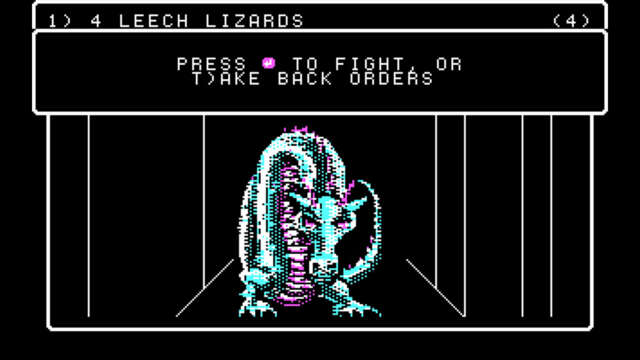
While some games on this list might be “better” by modern standards, few are as important as the Wizardry series. All of your favorite RPGs--and even some of your favorite shooters, action games, and immersive sims--can trace their inspirations back to Wizardry. Wizardry fans endlessly debate which of Sir-Tech’s original eight games is best--the first game was one of the seminal '80s dungeon crawlers, Wizardry 6 has amazing level design, and Wizardry 7 and 8 were massive open-world CRPG epics--but Wizardry 5 takes our vote. Wizardry 5 refined the dungeon crawling of the first 4 titles and laid the groundwork for the rest of the series. But most importantly, Wizardry 5 serves as the blueprint for the numerous Wizardry spin-offs and "Wizardry-like" imitators that made DRPGs so popular in Japan.
|






























